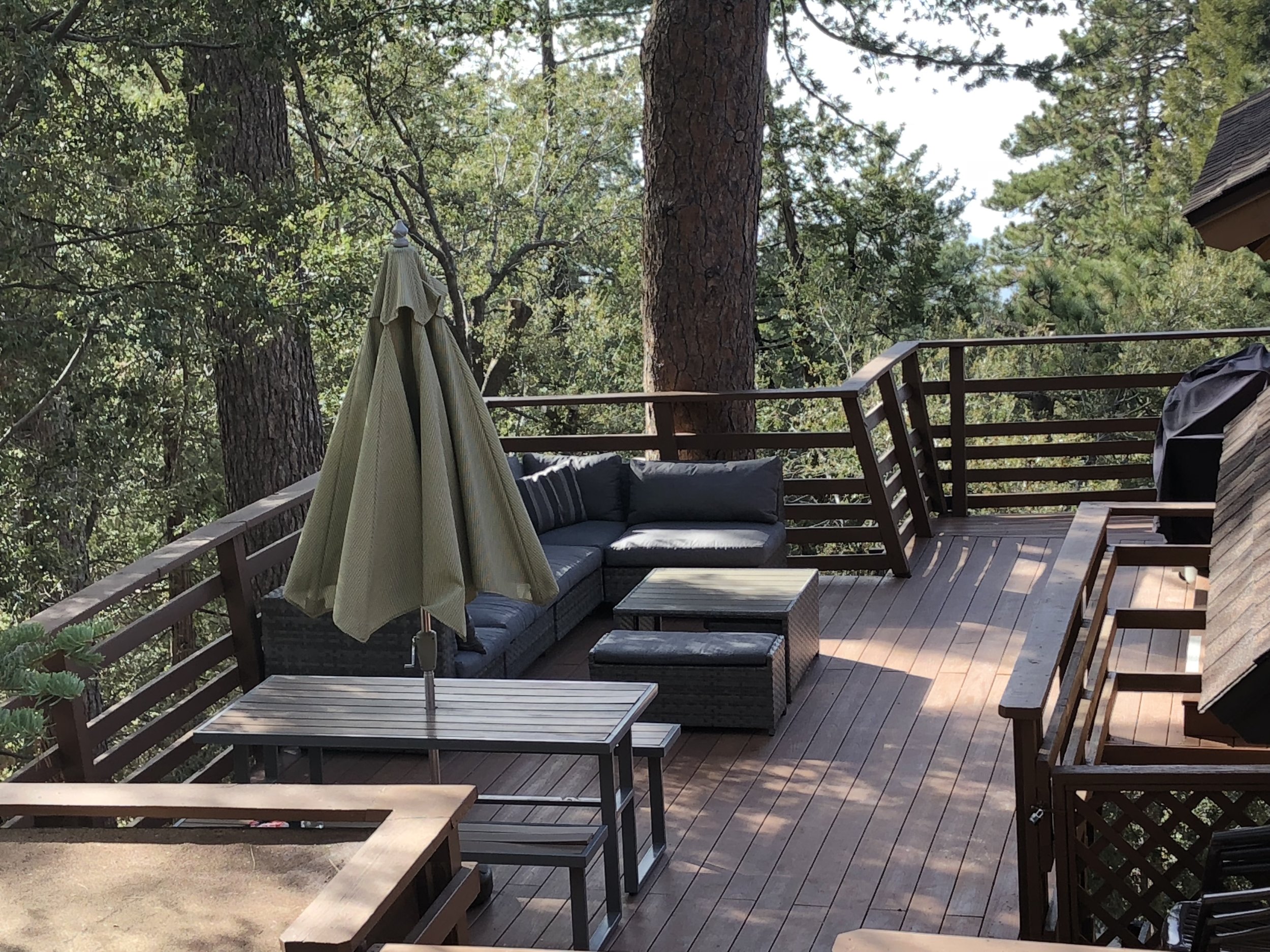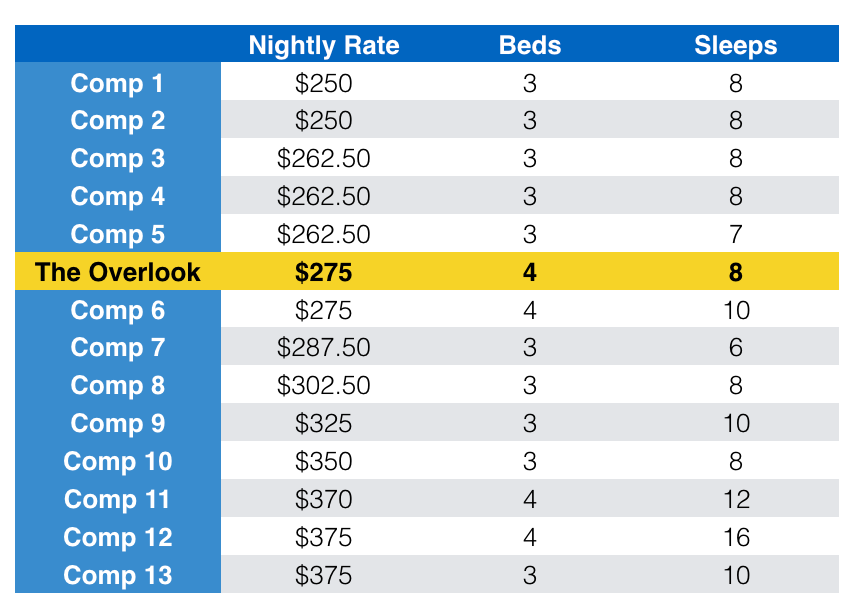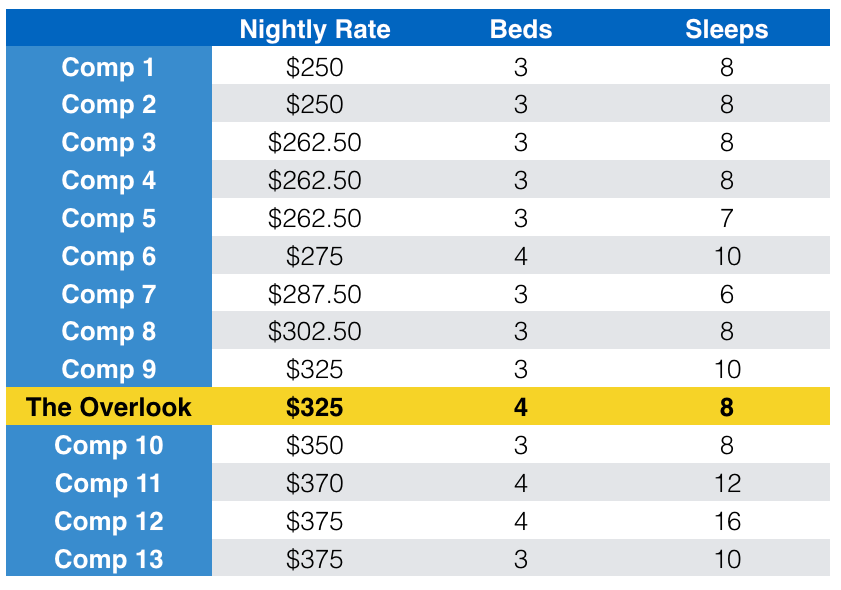Note: Lessons from The Overlook is a monthly update on lessons learned from owning a vacation rental property in the Southern California mountain town of Idyllwild. It's a hands-on opportunity to apply some of the techniques I advise my clients to use. You can find past updates here.
You'd probably listen if someone offered to put an extra $5,000 in your pocket.
My wife, Sally, and I use Idyllwild Vacation Cabins to manage The Overlook. I recently received a letter from one of its competitors offering us a guaranteed $5,000 in net income during our first year if we switched.
The competitor has about the same number of rental properties under management in Idyllwild. It is also a much larger company with more resources. The kind of resources that allow them to pay $5,000 customer acquisition fees.
Should we make the switch to the new property manager? Our decision was pretty easy. We never even hesitated for a second. Nope!
Here's why you need to beware of easy money.
Our property manager keeps the shaded deck clean and inviting.
How Magazines Derailed a Catalog
Twenty years ago, I supervised the call center training team for a retail catalog company. This was back in the days when the majority of customers called in to place an order.
Our vice president of customer service one day announced a partnership with a magazine subscription company. It was an elaborate scheme that would require our call center agents to offer free trial magazine subscriptions to customers at the end of each sales call.
It seemed like an odd fit for an apparel catalog, but our vice president was chasing easy money. The magazine company would pay a fee that could cover the cost of each phone call if we met certain performance targets for new subscriptions.
This happened during a rough period for the company and the vice president was under pressure to cut costs and turn things around. Service wasn't great, sales were flagging, and the company refused to invest in e-commerce at a time when online shopping was starting to take off.
The magazine money seemed like an easy fix. In reality, it took resources away from the training, monitoring, coaching, and other activities the company needed to improve the sales and service experience. The magazines also did nothing to address the chronic operational issues that had been plaguing the company for years.
Things eventually got worse as the company continued losing money.
Do Your Homework
There's almost always a downside to easy money.
Sally and I contacted several property management companies when we first bought The Overlook. Our goal was to set up interviews with the local property manager as part of our vetting process. The local manager for the company that sent us the $5,000 offer never returned our call.
It's easy to imagine the headaches that would come with that one-time $5,000 bonus. Decreased guest satisfaction, increased maintenance issues, and plenty of headaches all seem likely. Something tells me we would lose a lot more than we would gain over the long run.
Sticking with our property manager was an easy decision.
Idyllwild Vacation Cabins takes great care of our guests and does a terrific job looking after our cabin. Communication is incredibly responsive and we've built a strong working relationship.
Those are the things that are most important to us and we know that other company can't provide them.




























